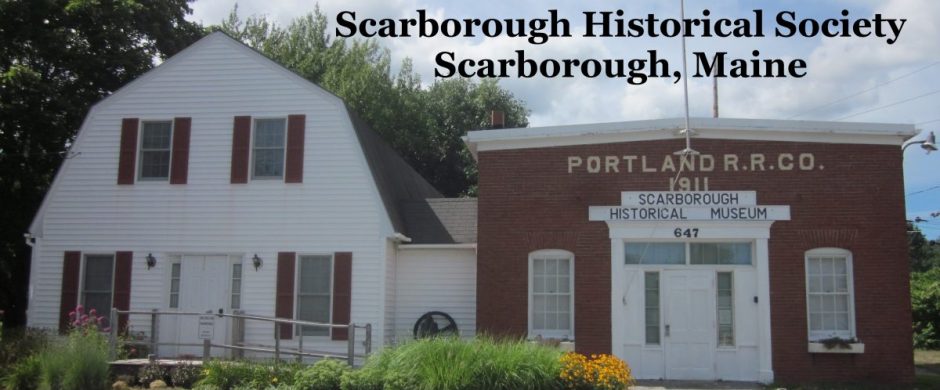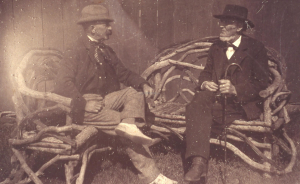People Who Called Scarborough Home
By Charlene Fenlason
Winslow Homer – Artist
Winslow Homer, landscape painter best known for his marine subjects, was born in Boston 24 February 1836 to Charles Savage Homer and Henrietta Benson Homer. His mother, an amateur watercolorist, was Homer’s first teacher. After Homer’s graduation from high school, his father arranged an apprenticeship for him with a commercial lithographer in Boston.
By 1857, Homer had left the lithographer and his freelance career as an illustrator was underway, a period that lasted nearly twenty years. In 1861, Harper’s Weekly sent Homer to the front lines of the Civil War with General McClellan’s army where he sketched battle scenes and camp life. Back in his studio after this assignment, Homer worked on a series of war-related paintings based on his sketches. After the war, he spent time in Europe and began painting landscapes as he continued to work for Harper’s. By 1875, Homer stopped working as a commercial lithographer and focused on his painting. Following two years in England (1881-1882), Homer returned to the United States and moved to his family’s estate at Prouts Neck, where the sea and the cliffs in front of his studio became the subject matter of his great marine paintings. A lifelong bachelor, Homer was married to his work. He died in 1910, aged 74, in his Prouts Neck studio and is buried in Mt. Auburn Cemetery in Cambridge, Massachusetts.
Source
Beam, Philip. Winslow Homer at Prouts Neck. Boston, MA: Little, Brown and Company, 1966


.jpg)




